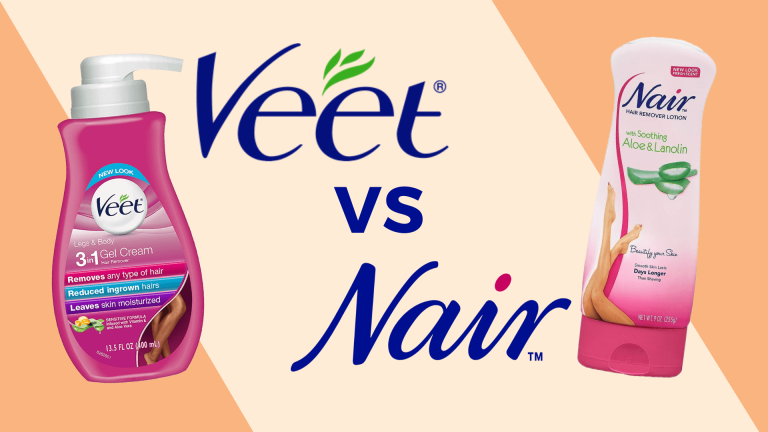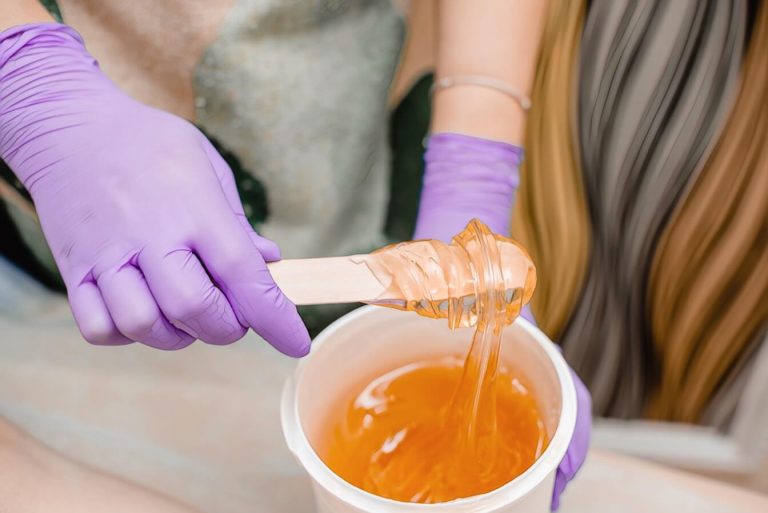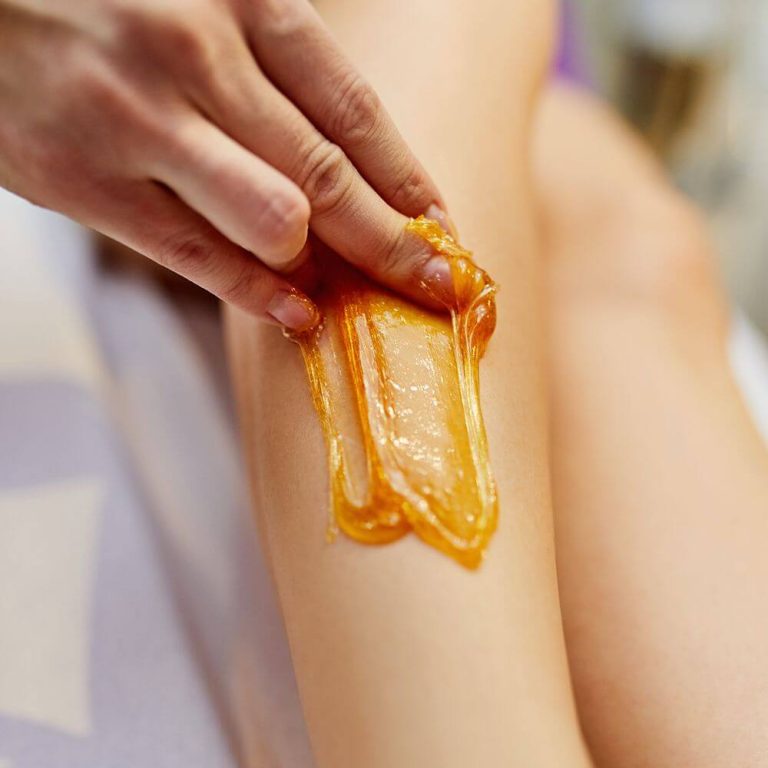Does Laser Hair Removal Kill Ingrown Hairs? 2023 Guide
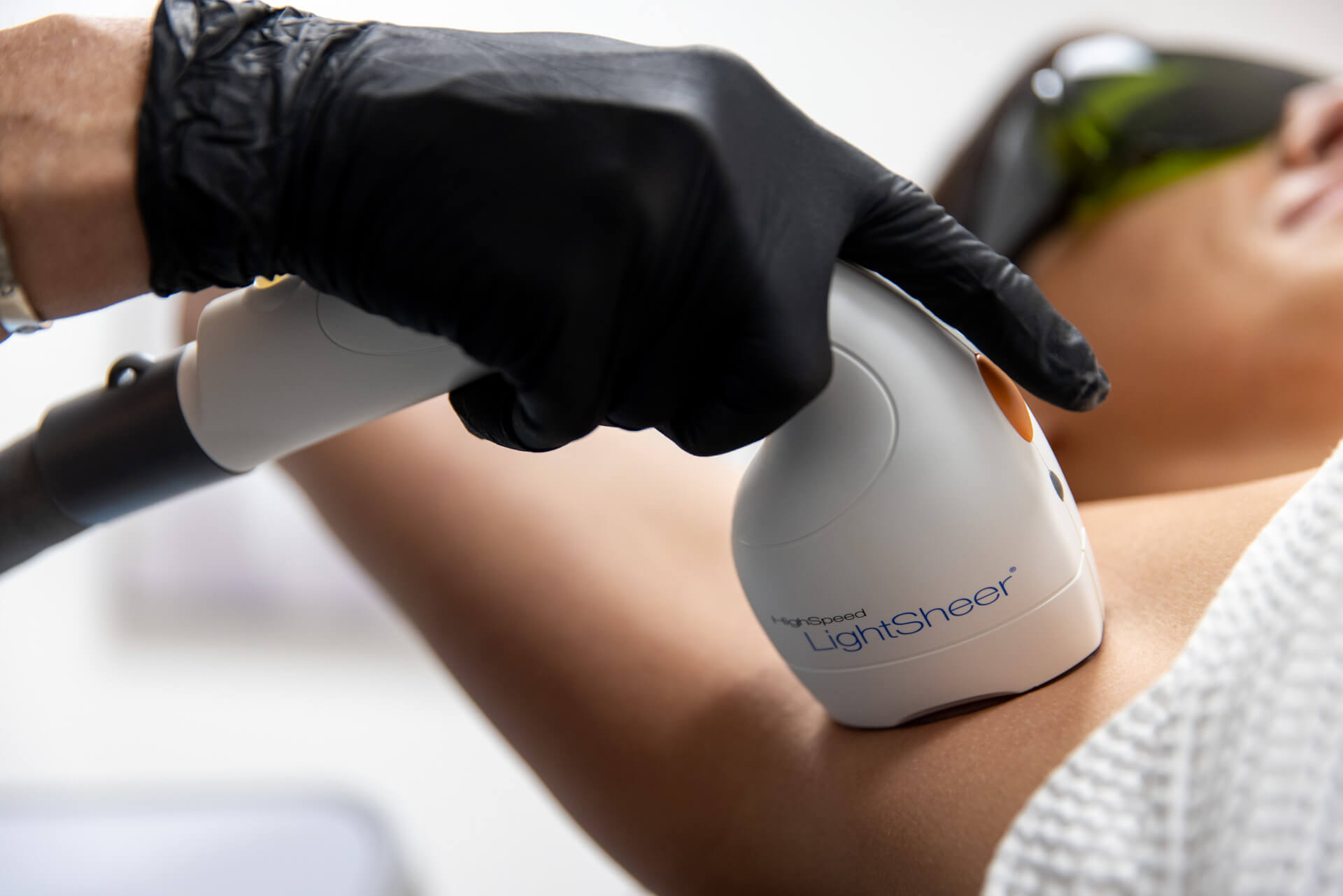
Ingrown hairs are a common problem that plagues many people, causing irritation, inflammation, and unsightly bumps on the skin. While there are several methods for dealing with ingrown hairs, one of the most popular is laser hair removal. But does laser hair removal really kill ingrown hairs? Let’s explore.
Understand ingrown hair causes first. Ingrown hairs occur when hair follicles grow back into the skin. Laser hair removal destroys hair follicle pigment to stop hair growth. Ingrown hairs?
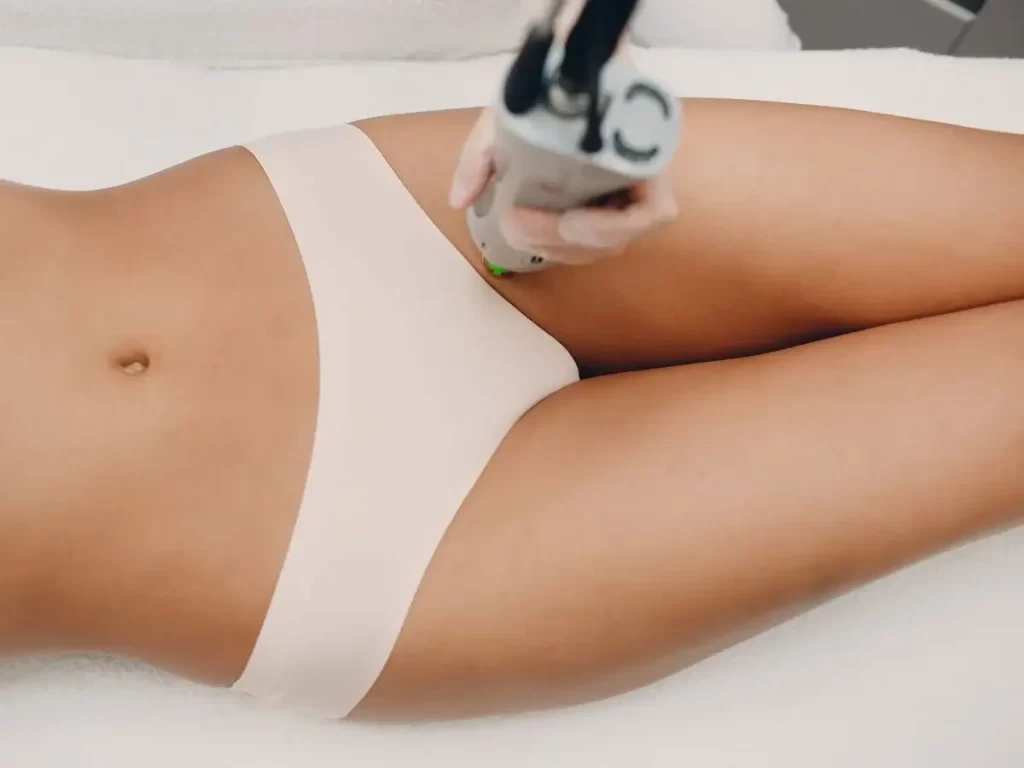
Laser hair removal helps prevent ingrown hairs. Laser hair removal stops hair from growing back and trapping in the skin by eliminating it at the root. As the hair follicle is destroyed, ingrown hairs decrease.
Laser hair removal also reduces ingrown hair irritation. Laser heat reduces redness and swelling, making ingrown hairs less apparent and painful.
Laser hair removal may not cure ingrown hairs. Ingrown hairs may persist after laser hair removal. To avoid ingrown hairs, exfoliate and moisturize.
In conclusion, while laser hair removal doesn’t directly “kill” ingrown hairs, it can help prevent their occurrence and reduce inflammation.
Can Laser Hair Removal Get Rid of Ingrown Hairs?
Male and female ingrown hairs are prevalent. They cause discomfort, redness, and pimples when hair coils back or grows laterally into the skin instead of straight up. Ingrown hairs from shaving, waxing, or plucking can be frustrating. Laser hair removal for ingrown hairs is often debated. This article answers this topic and offers ingrown hair prevention strategies.
Laser hair removal employs focused light to destroy hair follicles. The therapy targets hair follicle pigment, which absorbs light and warms up, destroying it and limiting hair growth. Ingrown hairs may persist after laser hair removal. Ingrown hairs occur when hair grows into the skin instead of above it.
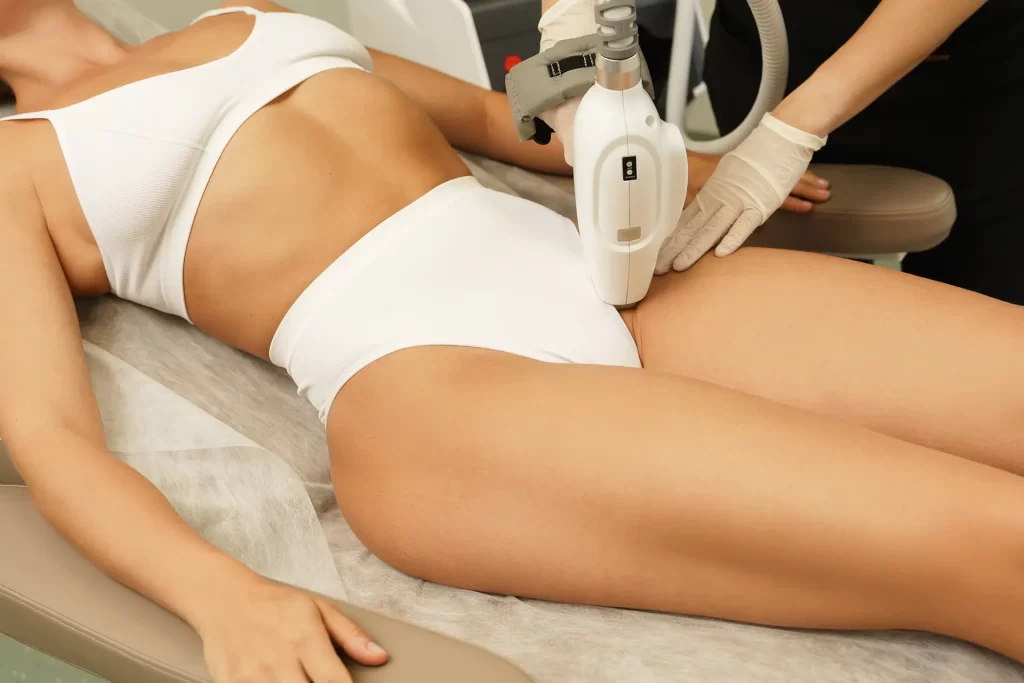
Ingrown hair sufferers can rejoice. Laser hair removal prevents ingrown hairs. Laser hair removal reduces ingrown hairs by lowering hair growth in the treated region. Less hair means less curling back into the skin.
Laser hair removal for ingrown hairs requires a certified and experienced specialist. Your physician can recommend a laser and settings based on your skin and hair color. To maximize outcomes and reduce issues, follow their aftercare recommendations.
Ingrown hair prevention goes beyond laser hair removal. These include shaving with a sharp, clean razor, exfoliating frequently to eliminate dead skin cells that can clog pores, and moisturizing to keep skin smooth and supple. These actions and working with a skilled physician can minimize ingrown hairs and enhance skin health.
Potential Benefits of Laser Hair Removal for Ingrown Hairs
People with curly or coarse hair often suffer from uncomfortable ingrown hairs. Redness, swelling, and infection result when hair coils back into the skin instead of growing out. Laser hair removal helps break the cycle caused by shaving, waxing, and plucking.
Laser hair removal uses focused laser beams to destroy hair follicles safely and effectively. It prevents ingrown hairs by targeting the root. Additionally, it outperforms other hair removal treatments.
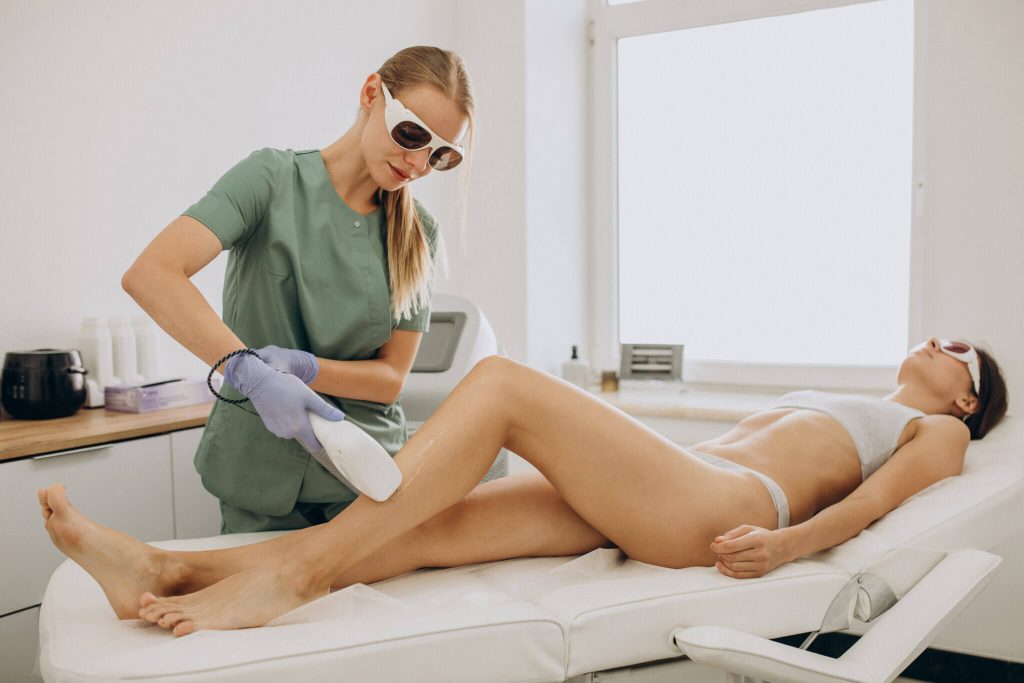
Laser hair removal is less painful than waxing, which rips hairs from the root. Laser hair removal lasts longer than waxing, which requires upkeep. After several sessions, it permanently reduces hair growth, smoothing skin and reducing ingrown hairs.
Second, laser hair removal is more exact. It targets dark, coarse hair while sparing the skin. It can heal ingrown hairs by reaching the root without irritating the skin.
Thirdly, laser hair removal may be done practically everywhere on the body, even hard-to-reach regions. The bikini line and underarms are especially prone to ingrown hairs. Laser hair removal prevents ingrown hairs by attacking the root.
Preparing for Laser Hair Removal Treatment
Laser hair removal is a common cosmetic surgery that uses lasers to eliminate undesirable body hair. A focused beam of light destroys hair follicles to inhibit regrowth. To maximize results and avoid dangers, you should prepare for laser hair removal.
Research a trustworthy laser hair removal company with skilled and accredited personnel before starting treatment. Your clinician should also review your medical history, skin type, and any medicines that may impact therapy.
Avoid plucking, waxing, and electrolysis in the weeks before your laser hair removal treatment, since these procedures can interrupt the hair follicles’ normal development cycle and reduce laser efficacy. Shaving helps the laser target hair follicles since it doesn’t affect their root structure.
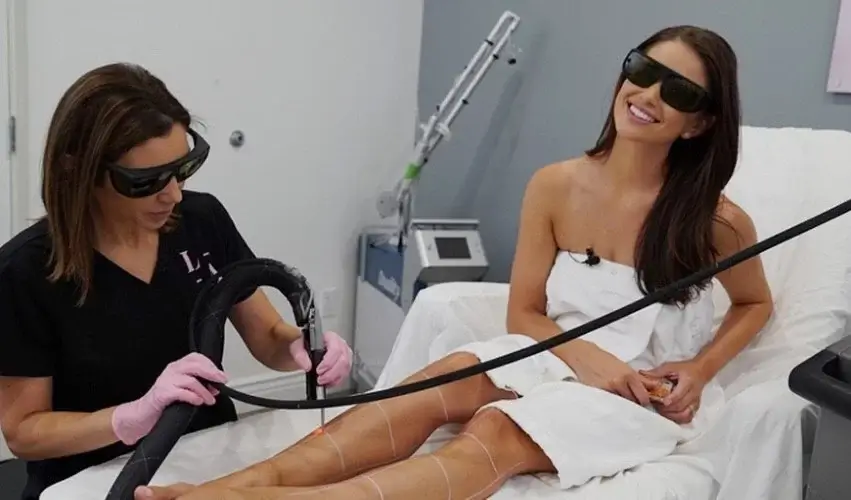
Avoid sun exposure and tanning beds for weeks before and after laser hair removal. Sunburned and tanned skin can absorb more laser energy and harm the skin.
Wear comfortable clothes and avoid applying creams or lotions to the treatment area on your laser hair removal appointment day. Your physician will apply a cooling gel and utilize a handheld equipment to administer laser radiation to specific hair follicles. Most treatments last 15–60 minutes, depending on the region being treated.
After laser hair removal, the treatment region may be red and swollen for a few hours. Your physician may recommend wearing a soothing lotion or ointment and avoiding hot showers or baths for 24 hours following treatment to reduce discomfort and enhance recovery.
Managing Ingrown Hairs After Laser Hair Removal
Laser hair removal is a popular cosmetic procedure that helps get rid of unwanted hair. While it’s an effective way to achieve smooth skin, it can also lead to ingrown hairs. Ingrown hairs occur when the hair grows back into the skin instead of rising up from it. They can be painful and cause irritation, but there are ways to manage them after laser hair removal.
Firstly, it’s important to understand why ingrown hairs occur. Laser hair removal damages the hair follicles, which affects their ability to grow hair. As a result, new hairs may grow in different directions or become trapped under the skin’s surface. To prevent this, it’s essential to exfoliate regularly. Exfoliating removes dead skin cells, allowing new hairs to grow unobstructed. It’s best to use a gentle exfoliating scrub or a loofah sponge to avoid irritating the skin.

Another way to manage ingrown hairs after laser hair removal is to keep the skin moisturized. Dry skin can lead to clogged hair follicles, making it harder for new hairs to grow. Moisturizing creams or lotions help keep the skin hydrated while also preventing irritation. It’s best to choose a product with natural ingredients and no harsh chemicals.
If you do experience ingrown hairs, resist the urge to pick or scratch at them. Doing so can cause infection or scarring. Instead, use a warm compress to soothe the area and gently apply a topical treatment. Products containing salicylic acid or glycolic acid can help exfoliate the skin and promote healing.
Remember to be patient; it takes time for the skin to heal and new hair to grow. With patience and proper care, you’ll be able to enjoy the benefits of laser hair removal without the discomfort of ingrown hairs.
Is Laser Hair Removal Safe for Ingrown Hairs?
Ingrown hairs are a common problem for many people who shave regularly, and they can be both unsightly and uncomfortable. Laser hair removal has become a popular solution for people with this issue, but many wonder if it is safe for those with ingrown hairs.
The good news is that laser hair removal is generally safe for people with ingrown hairs. The laser targets the hair follicles, not the skin, so there is less risk of irritation or damage to the skin. In fact, laser hair removal can actually help prevent ingrown hairs from occurring in the first place.
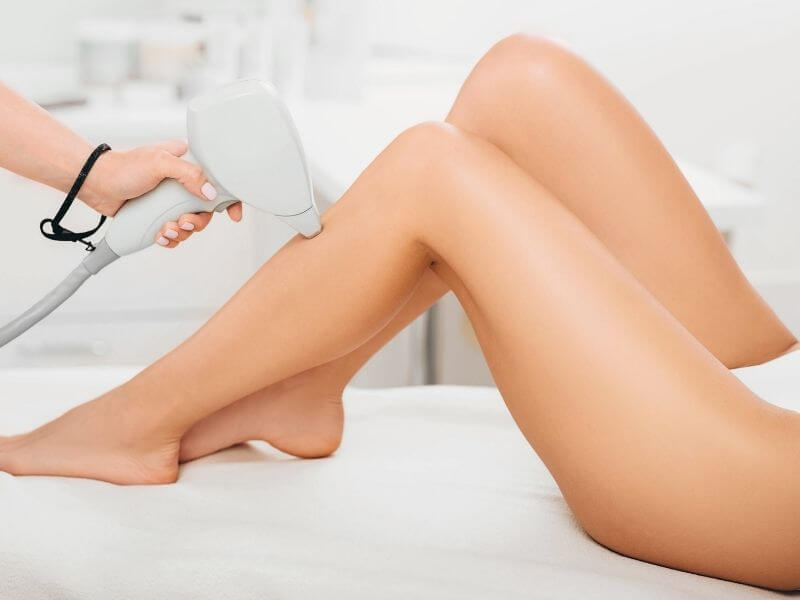
When you have laser hair removal done, the technician will use a handheld laser device to target the hair follicles. The laser emits a beam of light that is absorbed by the pigment in the hair follicle, which destroys the hair follicle and prevents it from producing new hair. Because the laser only targets the pigment in the hair follicle, there is no risk of damage to the surrounding skin.
While laser hair removal can be effective for preventing ingrown hairs, it is important to note that it may not be a permanent solution. Some people may require multiple treatments in order to achieve the desired results, and even then, there is still a chance that some hair may grow back over time.
It is also important to make sure that you choose a reputable laser hair removal provider. Look for a facility that uses FDA-approved equipment and has trained technicians who are experienced in performing laser hair removal. Additionally, be sure to follow all pre- and post-treatment instructions provided by your provider to ensure the best possible results.
Other Options to Address Ingrown Hairs
Ingrown hairs can be a pesky and painful problem, especially for those with curly or coarse hair. While there are several traditional options to address ingrown hairs like exfoliating, tweezing, or using topical creams, these methods don’t always provide the desired results. Luckily, there are other options worth exploring that may prove more effective.
One option is laser hair removal. Laser hair removal targets the hair follicle and destroys it, preventing future hair growth. This not only eliminates the possibility of ingrown hairs but also provides long-lasting hair reduction. However, this method can be expensive and requires multiple sessions to achieve optimal results.

Another option is electrolysis. This method involves inserting a tiny probe into each hair follicle and applying an electric current to destroy the follicle’s root. Like laser hair removal, electrolysis provides long-term hair reduction and prevents ingrown hairs. However, it can be a time-consuming process as each hair follicle must be treated individually.
Waxing is another popular option for hair removal. Waxing removes hair from the root, which can prevent ingrown hairs. It is a relatively inexpensive and efficient method, especially for larger areas of the body. However, waxing can be painful and cause skin irritation or even burns if not done correctly.
Lastly, if you prefer a non-invasive approach, try changing your hair removal method altogether. Instead of shaving or waxing, consider using depilatory creams or sugaring. Depilatory creams dissolve hair at the skin’s surface, while sugaring uses a sticky paste made from sugar, lemon, and water to remove hair. Both methods can be gentler on the skin and reduce the likelihood of ingrown hairs.



